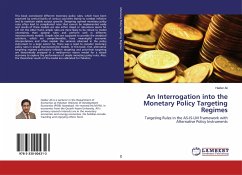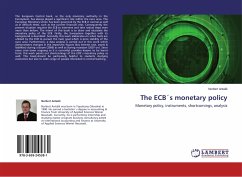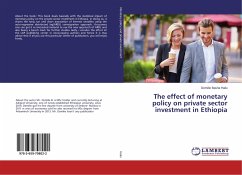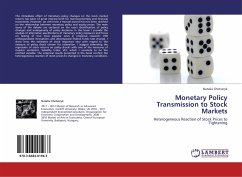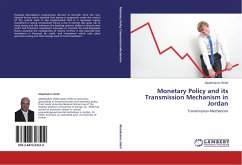This book overviewed different monetary policy rules, which have been practiced by central banks of various countries mainly to combat inflation and to maintain stable output growth. Designing optimal monetary policy rules often lead to complicated rules that cannot be implemented easily and results of these models are also either mixed or robustness seems far off. On the other hand, simple rules are more likely to be robust to model uncertainty than optimal rules and perform well in different macroeconomic models. Simple rules are supposed to provide the analytical solutions, which are comprehensible, have meaningful economic interpretations and often explain the variance observed in the policy instrument to a large extent. So, there was a need to consider monetary policy rules in simple macroeconomic models. In this book, first, alternative targeting regimes particularly inflation targeting and price-level targeting are theoretically analyzed in a medium-run macro model for a closed economy to explore the performance of simple monetary policy rules. Also, the theoretical results of this model are calibrated for Pakistan.

